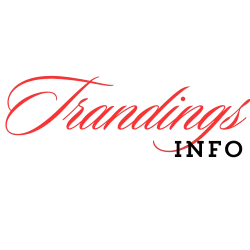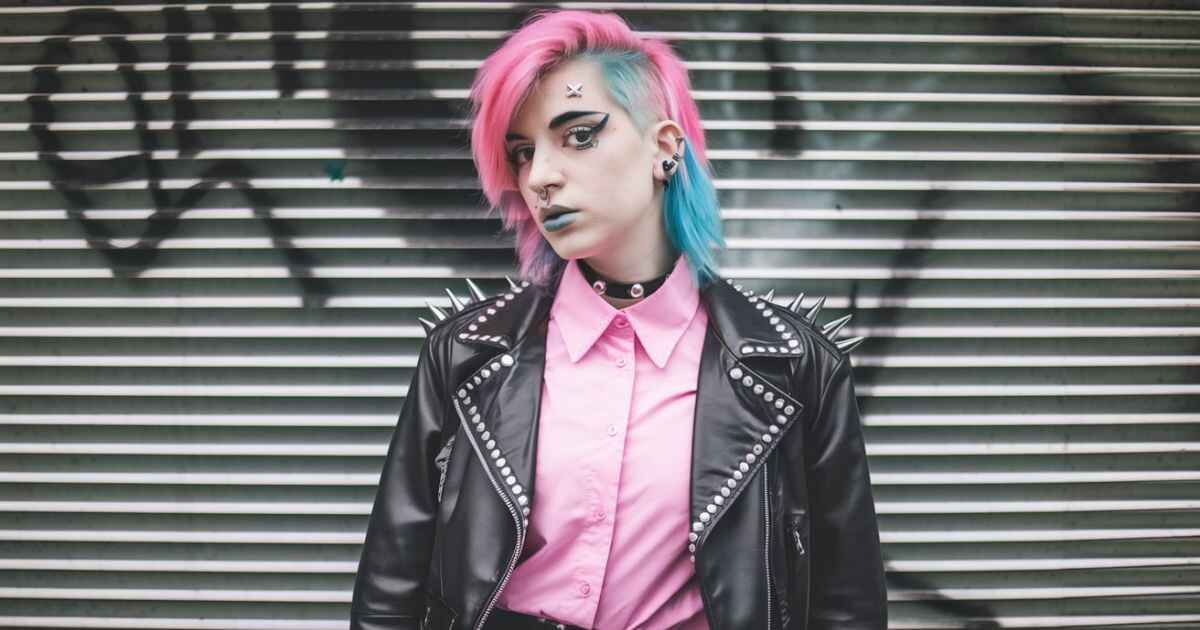In today’s world, where punk aesthetics have become a mainstream fashion trend, a crucial question arises: Are fashion punks real punks? This debate isn’t just about clothes; it’s about the very essence of what it means to be punk. For some, punk is a lifestyle rooted in rebellion and anti-establishment values. For others, it’s a style that can be worn, mixed, and matched with different influences. This article delves deep into the origins of punk culture, the rise of fashion punks, and the ongoing debate about authenticity in the punk subculture.
The Origins of Punk Culture
Punk culture originated in the 1970s as a reaction against the political and social establishment. Emerging in the US and UK, it combined rebellious music with anti-authoritarian ideologies, challenging societal norms through raw, unpolished sounds and DIY fashion.
This movement wasn’t just about music; it was a statement of defiance. Early punks adopted torn clothing, mohawks, and self-made art to express their rejection of mainstream culture, creating a subculture that prioritized individuality, resistance, and a do-it-yourself ethos.
The Birth of Punk: A Rebellion Against the Status Quo
Punk culture emerged in the 1970s as a raw, unfiltered reaction to the political and social climate of the time. In the United States and the United Kingdom, young people, disillusioned with the mainstream, created a new cultural movement that was as much about music as it was about ideology.
- The Music: Bands like The Sex Pistols, The Clash, and The Ramones were at the forefront of this movement. Their music was loud, fast, and deliberately simple— a stark contrast to the more polished rock that dominated the charts. The lyrics often tackled themes of anti-authoritarianism, alienation, and resistance to conformity.
- The Ideology: At its core, punk was about rebellion. It rejected the status quo, embraced DIY ethics, and encouraged individuals to express themselves freely, without regard for societal norms. Punks often took up causes such as anti-racism, anti-consumerism, and anarchism, making the movement as much about activism as it was about music.
Punk Aesthetics: More Than Just a Fashion Statement
While punk music was the heartbeat of the movement, its aesthetics played a crucial role in its identity. The fashion choices of punks were not just about looking different; they were about sending a message.
- DIY Fashion: Early punks often made their own clothes or modified existing garments. Torn jeans, safety pins, and patches weren’t just style statements—they were acts of defiance against a consumerist society. The DIY (Do It Yourself) ethos extended beyond clothing into art, music, and publishing, with many punks creating their own zines (self-published magazines) and forming independent bands.
- Iconic Looks: The mohawk hairstyle, leather jackets adorned with spikes and patches, and band T-shirts became synonymous with punk. These fashion elements were often provocative, challenging societal norms and provoking reactions from mainstream society. Vivienne Westwood and Malcolm McLaren were instrumental in popularizing punk fashion, with their shop, SEX, becoming a hub for the emerging punk scene in London.
The Rise of Fashion Punks
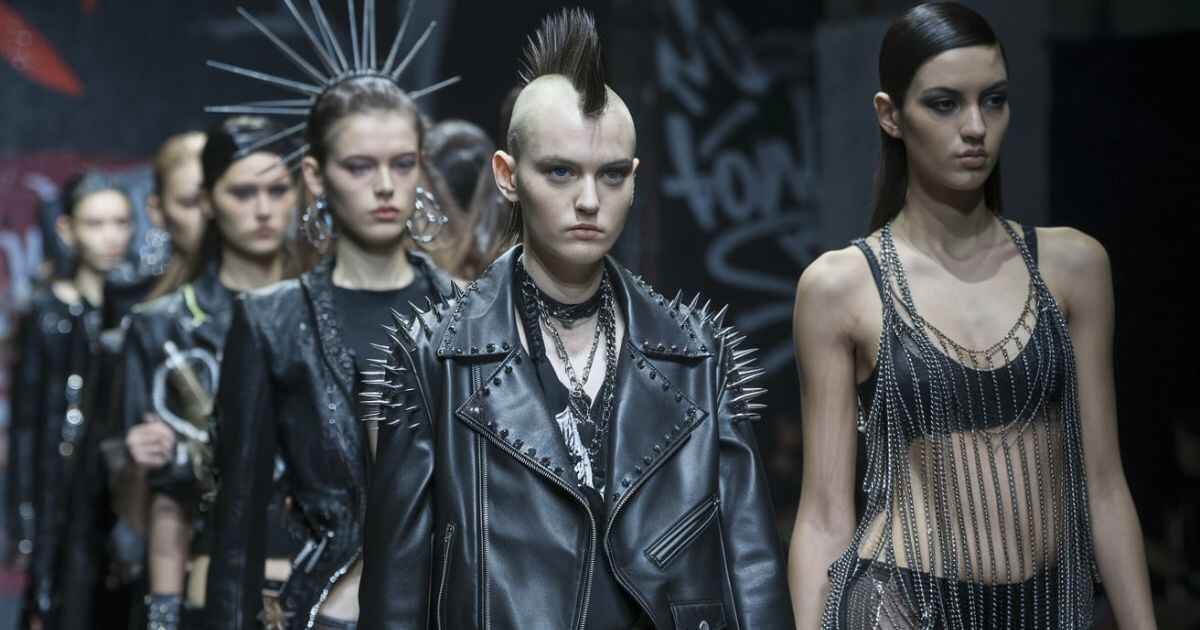
The rise of fashion punks marks a shift where punk aesthetics entered mainstream culture, embraced by designers and retail brands. This commercialization transformed punk from a rebellious subculture into a widely accessible style, sparking debates about authenticity within the movement.
While some see fashion punks as diluting the original punk message, others view it as a natural evolution. The debate continues as fashion punks adopt the look without necessarily embracing the ideology, challenging traditional definitions of what it means to be punk.
Read This Post: When Fur First Came into Fashion NYT?
Punk Goes Mainstream: The Commercialization of Punk Style
As punk culture grew, its aesthetics began to seep into mainstream fashion. What started as an underground movement eventually caught the eye of high-end designers and major retail chains. This shift led to the rise of fashion punks—individuals who embraced the punk look without necessarily adhering to its ideology.
- Mainstream Adoption: By the 1980s, punk fashion had been co-opted by mainstream culture. High-end designers like Vivienne Westwood and Jean-Paul Gaultier incorporated punk elements into their collections, bringing the style to the runways. Fast fashion brands like Hot Topic and Forever 21 began selling punk-inspired clothing to the masses, making it accessible to a broader audience.
- Impact on Punk Culture: This commercialization of punk fashion led to a dilution of the movement’s original message. While some welcomed the broader visibility of punk style, others saw it as a betrayal of the movement’s roots. The rise of fashion punks—those who wore the style without embracing the ideology—sparked debates about authenticity within the punk community.
Fashion Punks vs. Real Punks: What’s the Difference?
So, are fashion punks real punks? This question has fueled countless debates within the punk community. To answer it, we must first define what makes someone a “real punk.”
- Fashion Punks: These individuals adopt the punk style—mohawks, leather jackets, ripped jeans—because they appreciate the aesthetic. They might enjoy punk music and attend concerts, but they don’t necessarily live by the punk ideology. For them, punk is a fashion statement, not a way of life.
- Real Punks: On the other hand, real punks see punk as more than just a look. It’s a lifestyle rooted in anti-establishment values, DIY ethics, and a commitment to social and political activism. For real punks, the fashion is secondary to the ideology; it’s a way to visually express their beliefs, but it’s not the core of their identity.
The distinction between fashion punks and real punks lies in intent and ideology. While fashion punks might embrace the look, they may not engage with the deeper meanings behind it. Real punks, however, live and breathe the values that punk was founded on.
The Debate: Are Fashion Punks Real Punks?
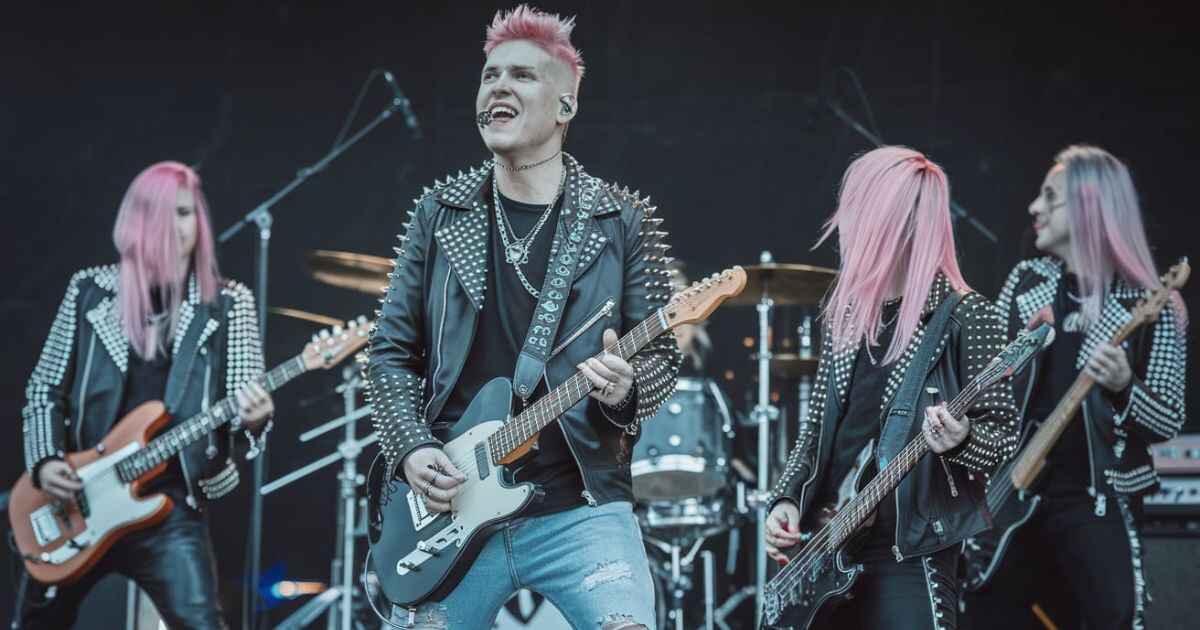
The debate over whether fashion punks are “real” punks centers on authenticity versus aesthetics. Some argue that true punk is defined by a rebellious, anti-establishment mindset, while others believe that fashion can be a valid expression of punk identity.
Critics of fashion punks often claim they’re merely adopting the look without embracing punk’s core values. However, supporters argue that self-expression through style is a key element of punk culture, making fashion an integral part of the movement.
Arguments for Fashion Punks Being Real Punks
Some argue that fashion punks can be considered real punks because self-expression is a fundamental aspect of punk culture. Just as the original punks used fashion to rebel against societal norms, fashion punks use their style to make a statement about who they are.
- Personal Expression: Fashion is a powerful form of self-expression. For some, adopting punk fashion is a way to connect with the punk movement on a personal level. Even if they don’t fully embrace the ideology, they might share some of the values, such as nonconformity and individualism.
- Evolving Culture: Punk culture has always been fluid and evolving. What it means to be a punk has changed over the decades, and for some, the inclusion of fashion punks is just another evolution in the movement’s history. Punk, at its core, is about rejecting labels—so why impose strict definitions on who can or can’t be a punk?
Arguments Against Fashion Punks Being Real Punks
On the other side of the debate, many argue that fashion punks aren’t real punks because they don’t embody the core values of the movement. For these critics, punk is about ideology first and foremost; without it, the fashion is just empty symbolism.
- Superficiality: Critics argue that adopting punk fashion without embracing the ideology is superficial. It reduces a complex cultural movement to mere aesthetics, stripping it of its meaning and power. For real punks, the look is a reflection of deeper beliefs—it’s not just about looking cool.
- Cultural Appropriation: Some see fashion punks as engaging in a form of cultural appropriation. They argue that by wearing the style without understanding or respecting the history and values behind it, fashion punks are trivializing a movement that was born out of struggle and resistance.
What Defines a Real Punk?
A real punk embodies a spirit of rebellion, authenticity, and non-conformity. It’s about challenging societal norms and expressing individuality, often through music, fashion, and attitude. Punk is more than just an aesthetic; it’s a way of thinking critically about the world and pushing back against authority.
At its core, punk is a community that values freedom and creativity. Real punks support one another and stand against injustice, using their voice to make a difference. It’s not about following trends, but about staying true to one’s beliefs, even when it means standing alone.
Ideology Over Aesthetics: Core Values of Punk Culture
To understand what defines a real punk, it’s essential to look beyond the clothes and focus on the ideology. Punk culture is built on several core values:
- Anti-Authoritarianism: Real punks reject authority in all its forms—whether it’s the government, corporations, or societal norms. They believe in challenging the status quo and fighting for individual freedom.
- DIY Ethic: The DIY (Do It Yourself) ethic is central to punk culture. Real punks believe in creating their own art, music, and fashion, rather than relying on mainstream sources. This ethic extends to every aspect of life, encouraging self-reliance and creativity.
- Resistance to Mainstream Culture: Real punks resist mainstream culture, which they see as shallow, consumerist, and conformist. They embrace alternative lifestyles, whether that means living in a punk house, organizing their own shows, or supporting independent artists.
Case Study: Crass and the Anarcho-Punk Movement
One of the most influential examples of real punks living by these values is the band Crass. Formed in the late 1970s, Crass was at the forefront of the anarcho-punk movement, which combined punk music with anarchist politics. The band members lived communally, produced their own records, and advocated for radical social change. For them, punk was not just a style—it was a way of life, deeply intertwined with their political beliefs.
The Role of Fashion in Punk Identity
While ideology is paramount, fashion still plays a significant role in punk identity. The way punks dress is a form of communication, a visual language that conveys their beliefs and attitudes.
- Expression of Ideology: For real punks, fashion is a way to express their ideology. A leather jacket covered in band patches and political slogans isn’t just a piece of clothing—it’s a statement of identity. The same goes for hairstyles like mohawks or liberty spikes, which challenge conventional beauty standards.
- Rejection of Mainstream Fashion: Punk fashion is also a rejection of mainstream fashion. By embracing looks that are deliberately rough, torn, or unconventional, punks distance themselves from the polished, consumer-driven aesthetics of the mainstream.
Case Study: Kathleen Hanna and Riot Grrrl
Kathleen Hanna, the lead singer of the band Bikini Kill, was a key figure in the Riot Grrrl movement of the 1990s, which combined punk music with feminist activism. Riot Grrrls used fashion as a form of protest, mixing traditionally feminine items like baby doll dresses with combat boots and shaved heads. This juxtaposition was a way to challenge both the punk scene’s male dominance and society’s expectations of women.
The Future of Punk: Ideology, Fashion, or Both?
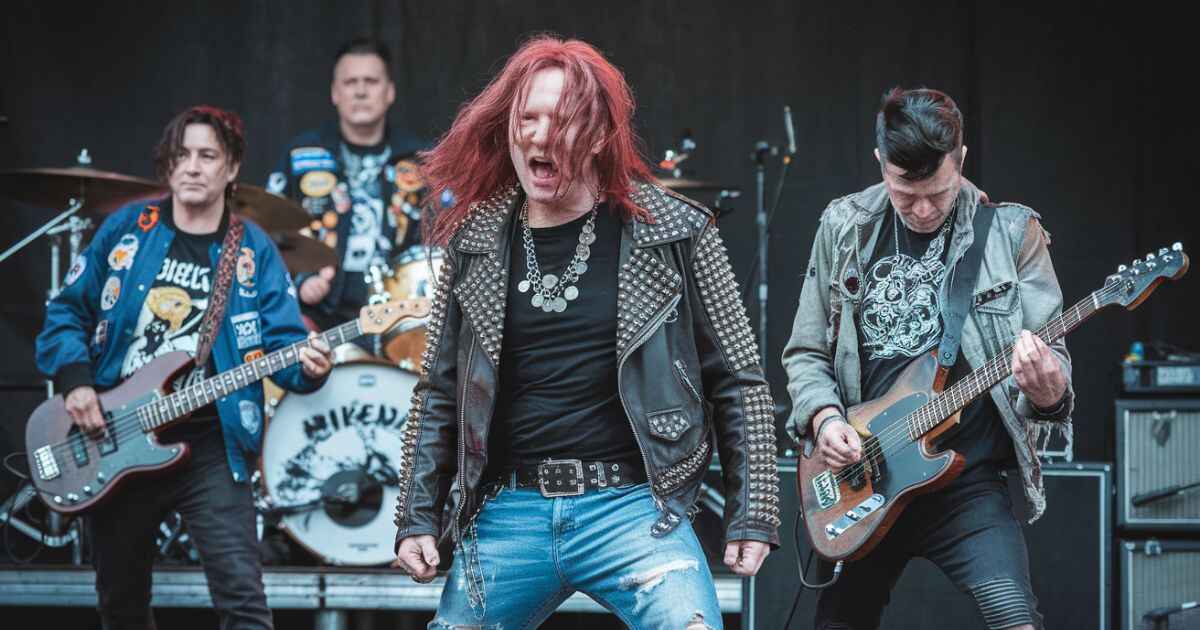
The future of punk is a fusion of ideology and fashion, reflecting its evolution from a rebellious counterculture to a mainstream influence. Its core principles of resistance and individuality persist, yet its aesthetic impact on fashion continues to redefine boundaries.
Punk’s future will likely see a blend of radical thought and style, with emerging subcultures integrating its ethos into new contexts. The movement’s adaptability ensures its relevance, blending raw, defiant attitudes with innovative fashion trends.
Punk in the Digital Age: New Forms of Expression
As the world moves into the digital age, punk culture is evolving in new and unexpected ways. Online communities, social media, and digital platforms have become crucial spaces for punk expression, allowing the movement to reach a global audience.
- Digital Punk Communities: Platforms like Reddit, Instagram, and Bandcamp have become hubs for punk communities. These spaces allow punks to share music, fashion, and ideas, often bypassing traditional media outlets. Digital DIY: The DIY ethic has found a new home online, with punks creating blogs, podcasts, and zines that reach a wider audience than ever before.
- Fashion Punks and Real Punks Online: The internet has also intensified the debate between fashion punks and real punks. Online, these groups often clash, with each side defending its vision of what it means to be punk. However, the digital space also allows for greater exchange of ideas, potentially bridging the gap between these two perspectives.
Will the Debate Ever Be Settled?
The question “Are fashion punks real punks?” may never have a definitive answer. Punk culture is inherently resistant to rigid definitions—it thrives on contradiction, fluidity, and rebellion against labels.
- Enduring Debate: The debate over authenticity in punk is likely to continue as long as the movement exists. New generations will bring new interpretations of what it means to be punk, each contributing to the ongoing evolution of the culture.
- Punk’s Resilience: Despite the commercialization and mainstreaming of punk fashion, the core values of punk—rebellion, DIY ethics, and resistance to authority—continue to resonate with those who seek an alternative to the status quo. As long as these values remain central, punk will endure, regardless of how it’s expressed.
Frequently Asked Questions (FAQs)
What defines a “fashion punk” compared to a traditional punk?
Fashion punks often emphasize the visual aspects of punk style—such as edgy clothing and hairstyles—without necessarily embracing the deeper ideological and anti-establishment principles that define traditional punk.
Can someone be a real punk if they’re primarily interested in the fashion?
While the fashion aspect can be part of punk culture, being a real punk typically involves a commitment to punk’s core values, including rebellion, individuality, and anti-authoritarianism, beyond just adopting its visual style.
How has punk fashion influenced mainstream culture?
Punk fashion has significantly influenced mainstream culture by introducing elements like ripped clothing, safety pins, and bold hairstyles into popular fashion trends, often without the accompanying punk ideology.
Do all punks adhere to the same ideology?
Not all punks share the same ideology, but most adhere to common themes of rebellion and nonconformity. The degree to which individuals embrace these principles can vary widely.
Is there a conflict between fashion punks and ideologically driven punks?
There can be tension between fashion punks and ideologically driven punks, as some argue that focusing solely on the fashion aspect dilutes the movement’s original purpose and message. However, others see it as an evolution of punk culture.
Conclusion
In the end, whether fashion punks are real punks depends on your perspective. Some argue that the essence of punk lies in its ideology, making fashion a secondary concern. Others believe that fashion is a powerful form of self-expression, allowing individuals to connect with the punk movement in their own way. What’s clear is that punk culture, in all its forms, continues to challenge norms, provoke thought, and inspire creativity.
